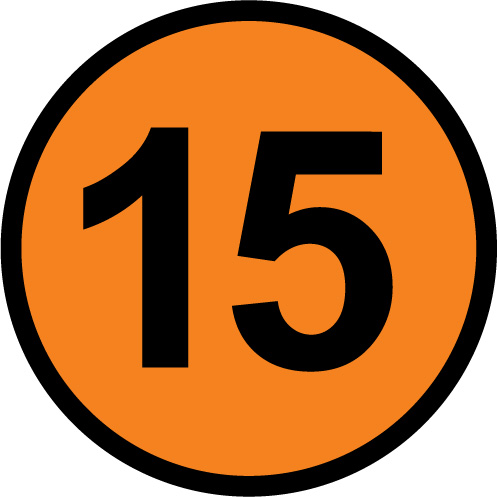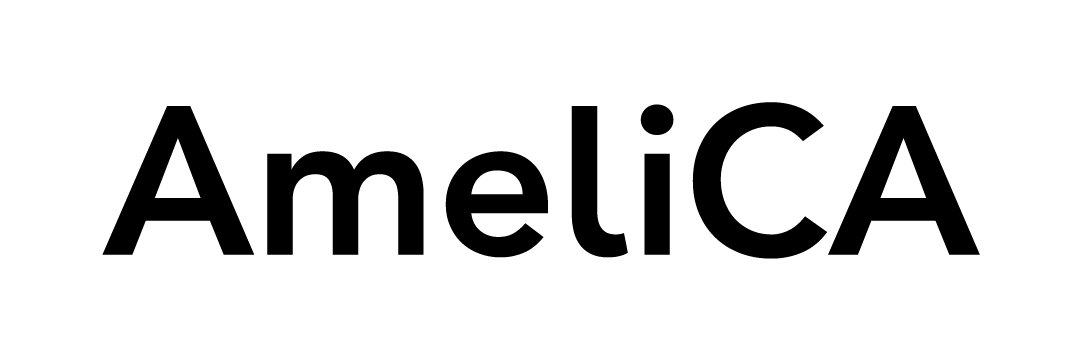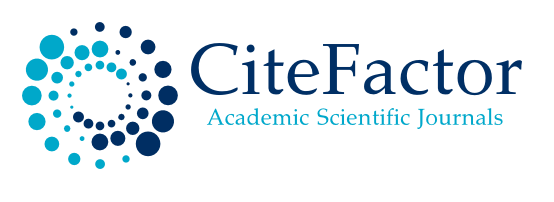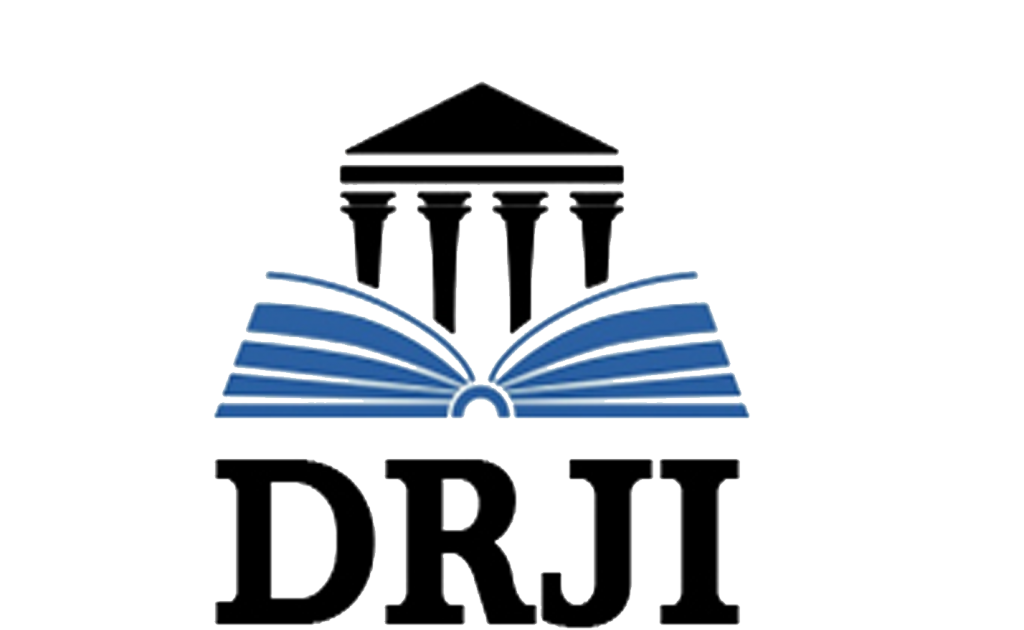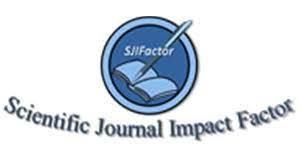Submissions
Submission Preparation Checklist
As part of the submission process, authors are required to check off their submission's compliance with all of the following items, and submissions may be returned to authors that do not adhere to these guidelines.- The manuscript has not been previously published in any language, nor is it under consideration for publication in another journal or publisher, whether in print or electronic format. During the peer review process and after acceptance for publication, the manuscript will not be submitted to any other journal.
- The article is original and unpublished, and the manuscript is the intellectual contribution of the authors. All citations, data, methodologies, tables, and figures are properly referenced and credited when they do not belong to the authors' own research.
- The manuscript is written in the third person, and its writing, spelling, grammar, and adherence to APA 7 citation and referencing standards have been verified.
- All author information has been removed from the manuscript text and the metadata of the file to ensure an anonymous review process.
- The manuscript meets the requirements outlined in the Instructions for Authors, is in DOCX format in Microsoft Word, and follows the IMRDC structure (Introduction, Materials and Methods, Results, Discussion, and Conclusions). Authors are advised to consult the article template.
-
The following documents have been completed and attached along with the manuscript file:
Signed Originality Statement (in PDF format).
Author Information (in Excel format). - All references in the manuscript are verifiable online via URL. Books and articles have their respective DOI, obtained through the online application Simple Text Query.
- The authors declare that there are no personal or commercial circumstances that could have led to biases or prejudices during the development of the work, its results, or the interpretation of its conclusions. There is no other reason that implies a conflict of interest regarding the work submitted to the Revista Universidad de Guayaquil.
Research Articles
A document that presents, in detail, the original results of completed research projects. The structure generally used contains four important parts: introduction, methodology, results and discussions, and conclusions. In addition, they are those that address a question about a theoretical or applied disciplinary aspect, usually through a scientific study of the behavior of a phenomenon or situation under certain control conditions.
Bibliographic Review
Document resulting from a research where the results of published or unpublished research on a field of science or technology are analyzed, systematized and integrated, in order to account for the progress and development trends. It is characterized by presenting a careful bibliographic review of at least 30 references.
Copyright Notice
Authors who publish in Revista de la Universidad de Guayaquil are aware of and accept the following conditions:
- Authors retain the copy rights (copyright) on the work, and grant Revista Universidad de Guayaquil the right of first publication of the work, under Creative Commons Attribution-NonCommercial-NoDerivatives 4.0 international license that allows third parties to share the work as long as its author and first publication this journal is indicated.
- Authors retain the copyright and grant Revista Universidad de Guayaquil the right to publish the work through the channels it deems appropriate.
- Authors are free to share, copy, distribute, perform and publicly communicate the version of the work published in Revista Universidad de Guayaquil, acknowledging its publication in this journal.
- Authors are authorized to electronically disseminate their work once it is accepted for publication.
The works are under license:
Attribution-NonCommercial-NoDerivatives 4.0 International (CC BY-NC-ND 4.0).
You are free to:
- Share - copy and redistribute the material in any medium or format.
Under the following terms:
- Attribution - You must give proper credit, provide a link to the license, and indicate if changes have been made. You may do so in any reasonable manner, but not in such a way as to suggest that you or your use is endorsed by the licensor.
- NonCommercial - You may not use the material for commercial purposes.
- NoDerivatives - If you remix, transform, or build upon the material, you may not distribute the modified material.
Privacy Statement
The names and email addresses entered in this journal site will be used exclusively for the stated purposes of this journal and will not be made available for any other purpose or to any other party.





